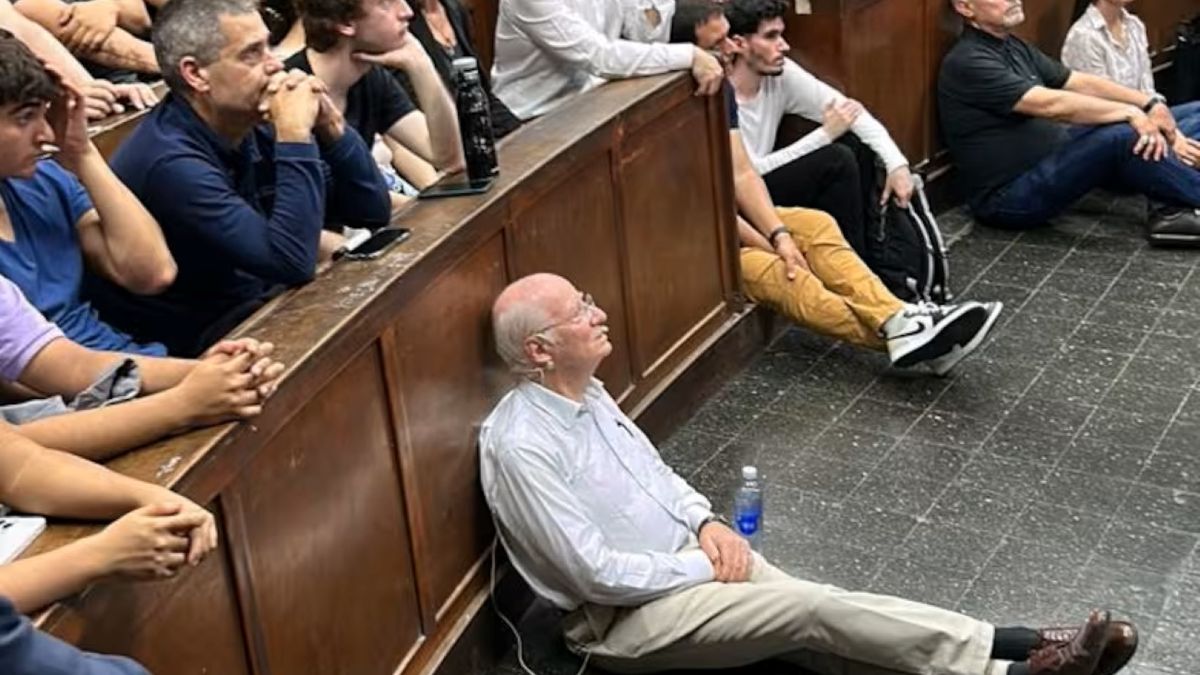Menu
Finding an apartment: Now the run comes to the B cities
Categories
Most Read
sugars and baked, the largest items
October 4, 2025
No Comments
The five provinces that received ATN from the Government in September
October 4, 2025
No Comments
market demands definitions; The lack of signals will accelerate the pressure on the dollar
October 4, 2025
No Comments
Trouble in the job: which ten sentences quickly bring unrest into the team
October 4, 2025
No Comments
How much I win if I invest $ 1,000,000 to 30 days from my home banking
October 4, 2025
No Comments
Latest Posts

National Guard: Trump for the time being banned military operation in Portland
October 5, 2025
No Comments
IvanI have been working in the news industry for over 6 years, first as a reporter and now as an editor. I have covered politics

In order to strengthen an industrial structure, dialogue is needed
October 5, 2025
No Comments
October 4, 2025 – 22:29 The Techint CEO participated in an open meeting for students of the Faculty of Engineering. He asked for “vision of

World Sub 20: Argentina defeated Italy 1-0 and arrives undefeated to the round of 16
October 5, 2025
No Comments
October 4, 2025 – 22:22 Argentina finished the group stage with a perfect result and now points to its next commitment, which will be played
24 Hours Worlds is a comprehensive source of instant world current affairs, offering up-to-the-minute coverage of breaking news and events from around the globe. With a team of experienced journalists and experts on hand 24/7.

